Racing Towards A Cleaner Future
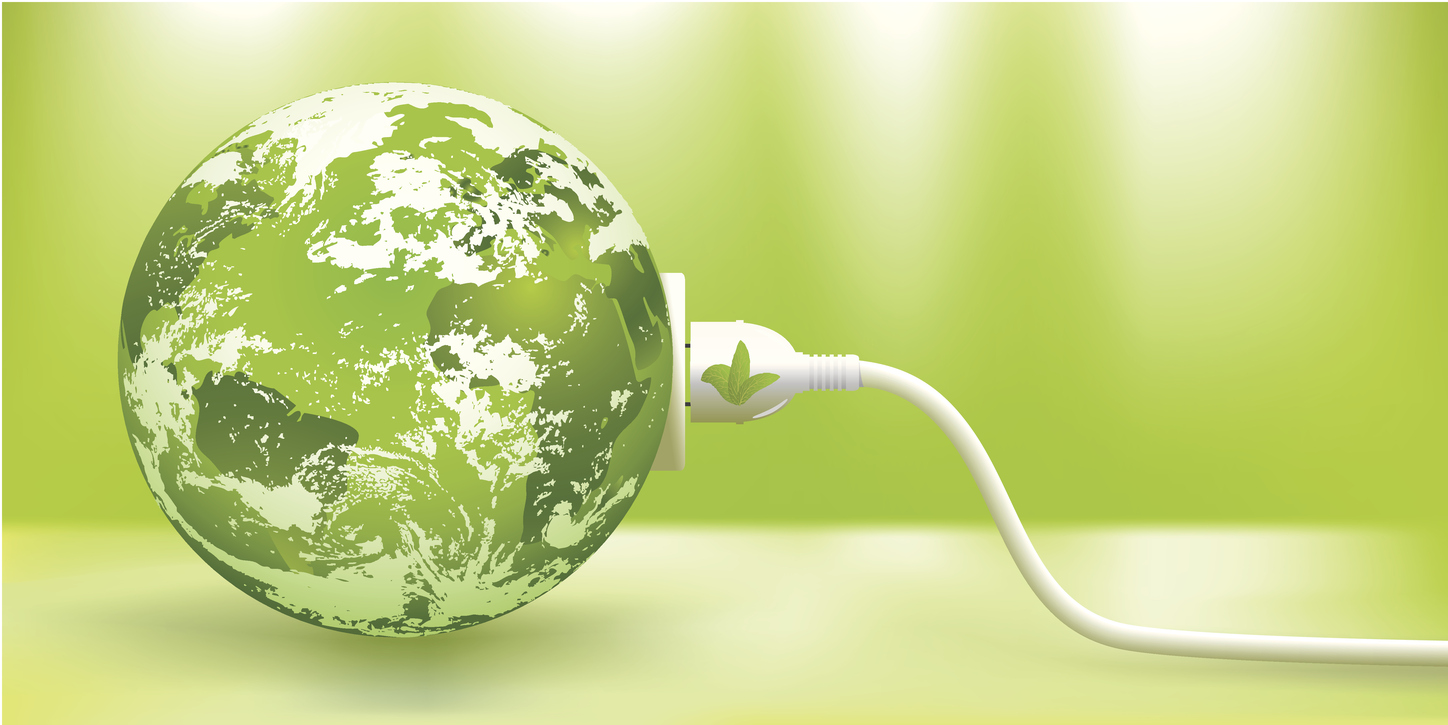
WORLD ENVIRONMENT DAY 5 JUNE 2019
In a world plagued with deadly levels of air pollution, the ABB FIA Formula E Championship is more than just an inner-city street racing series. It's a lab for developing and demonstrating the latest and greatest technology in the battle for clean air: the electric car. To celebrate World Environment Day, check out what's being done in each of Formula E's 12 host cities to clean up our climate.
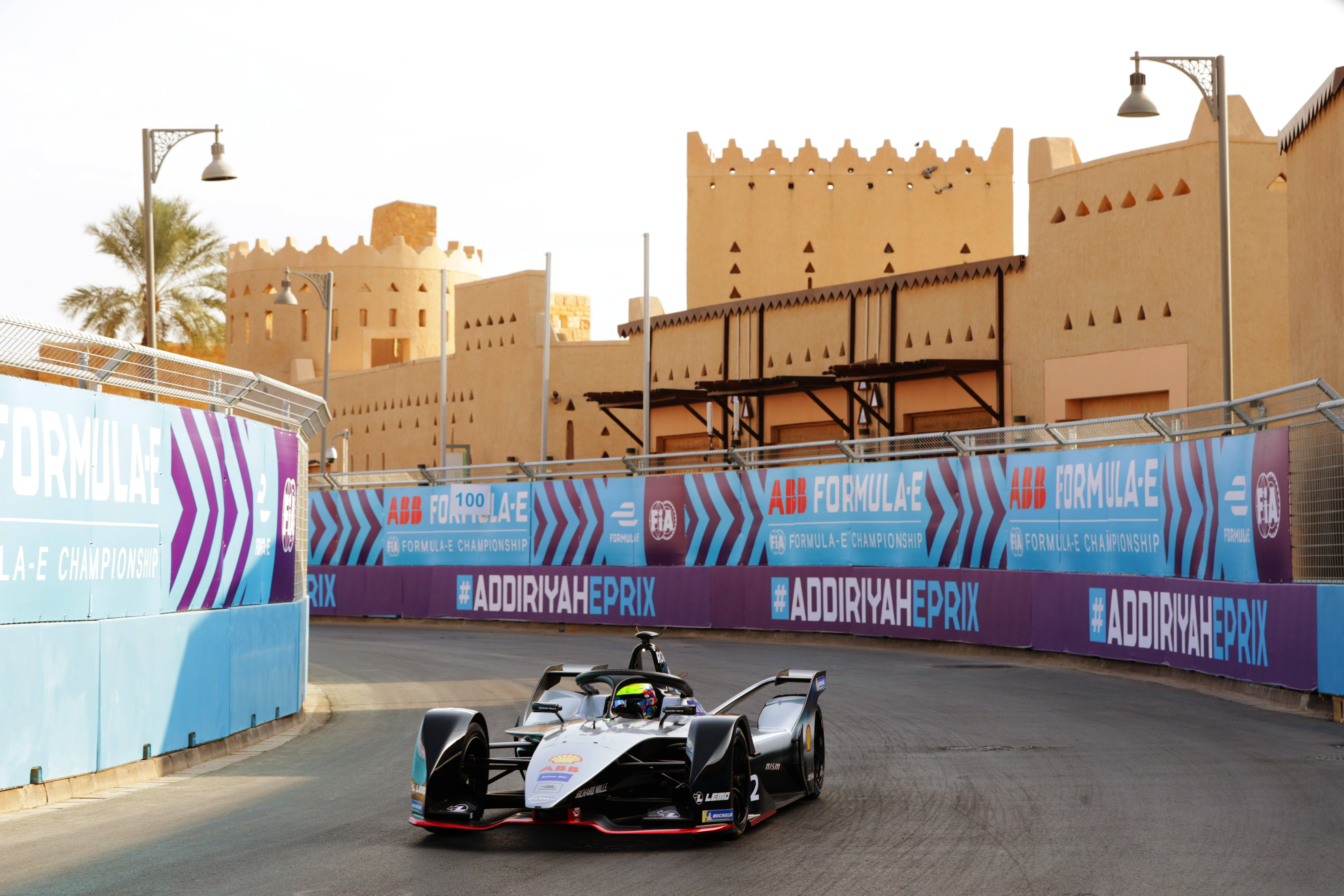
ROUND 1 - RIYADH, SAUDI ARABIA
Saudi's capital Riyadh - known historically for its production of oil - is the countries largest but most polluted city. With over 13,000 deaths caused by air pollution per year, the country has invested heavily in electric mobility as part of its Saudi Vision 2030 economic strategy in a bid to reduce the country's dependance on oil. As part of that strategy, the Kingdom welcomed the ABB FIA Formula E Championship for its season opener back in December 2018. In the last six years, Saudi Arabia has invested over $350 billion in renewable energy projects (mainly solar and wind). The country expects up to four gigawatts of solar capacity by 2021.
ROUND 2 - MARRAKESH, MOROCCO
With close to two and a half times the safe level of air pollution, the cost of the impacts associated with air degradation total approximately 3.6 billion dirhams per year in Morocco, which represents over one percent of its GDP. In a bid to encourage the uptake of more sustainable transport, the country removed custom duties on electric and hybrid vehicles in 2017 while hosting Formula E for the third time in 2019.
ROUND 3 - SANTIAGO, CHILE
After hosting a race in Chile's capital city for the second time in the series' history, Santiago is still struggling to clean up the pollution produced by wood-burning stoves and vehicle fumes. With air quality problems worsened by the surrounding mountains, which restrict the flow of fresh air, the city is aiming to electrify its entire public transport network by 2050.
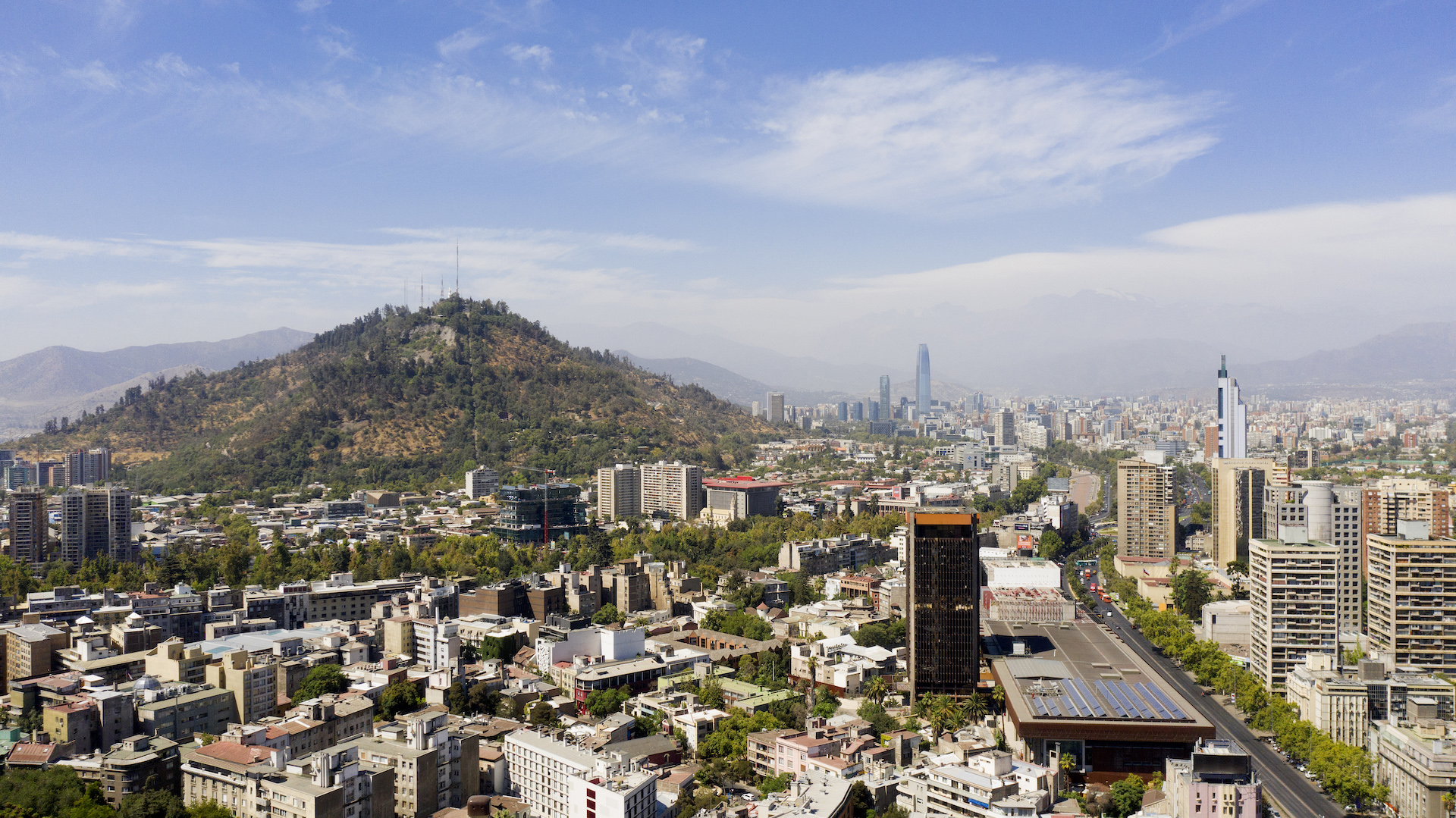
ROUND 4 - MEXICO CITY, MEXICO
With over 41,000 deaths per year from polluted air, Mexico City was identified as having the most polluted air on the planet in 1992. Reports suggest the air quality in Mexico City is the equivalent of its inhabitants smoking 3.5 cigarettes per day. Helping to combat the problem, the city has started manufacturing its own EVs, with a plant in Puebla set up to design and create a Mexican EV with a range of 100 miles. In line with Mexico’s 2012 climate change law, 35% of the country’s energy must come from clean sources by 2024 and 50% by 2050 – they currently sit at 26%.
ROUND 5 - HONG KONG
Hong Kong is home to the worlds highest traffic density as well as a number of coal-burning plants, which account for an estimated 50% of the total level of pollution in the city. Air pollution on the island is two times more than London and three times more than New York. After the city hosted the third Formula E race in the heart of the financial district earlier this year, there were over 2,242 EV chargers with five per cent of the vehicle network made up of EVs.
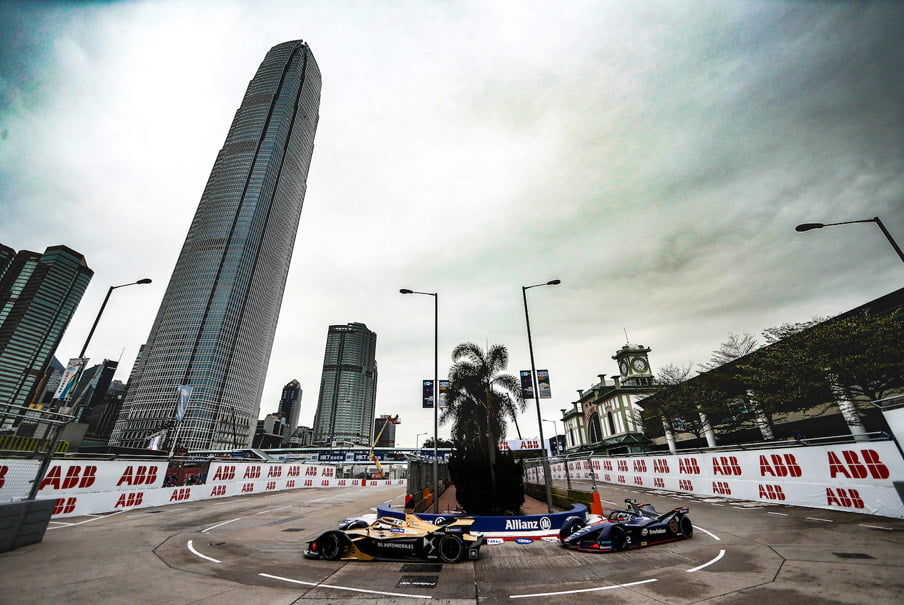
ROUND 6 - SANYA, CHINA
Sanya's poor air quality is caused by a combination of weather patterns, emissions from locally owned vehicles and pollution wafting from Guangdong and other neighbouring regions but despite this, it has one of the lowest levels of pollution in China. Helping to clear up the air are over 37,000 clean energy vehicles, which account for 2.1% of the province’s total. Taking a bold stance on air pollution, Hainan province will eliminate petrol and diesel cars by 2030 and banned the sale of them in March 2019 to force a move to more sustainable transport. After hosting the first Formula E race in Sanya earlier this year, the city is well on the way to embracing electric mobility.
ROUND 7 - ROME, ITALY
After announcing a ban on diesel cars by 2024, Italy's capital city is making progress towards a cleaner climate. Playing host to the second Formula E race in the country and the opening round of the Voestalpine European races, Italy aims to have one million electric vehicles on the road by 2022 and has introduced subsidies of up to EUR 6,000 on green vehicles while raising taxes on larger vehicles that run on traditional fuels until 2021.
ROUND 8 - PARIS, FRANCE
Playing host to four rounds of Formula E over the course of the series' history, the race in Les Invalides, Paris is one of the most spectacular in the calendar. With plans to ban all combustion vehicles from the city by 2030, France was one of the first countries to introduce a bonus taxation system back in 2008 to reduce the sales of carbon-emitting vehicles. At the same time, incentives to buy electric vehicles are common, such as reduced registration costs compared to regular, combustion vehicles.
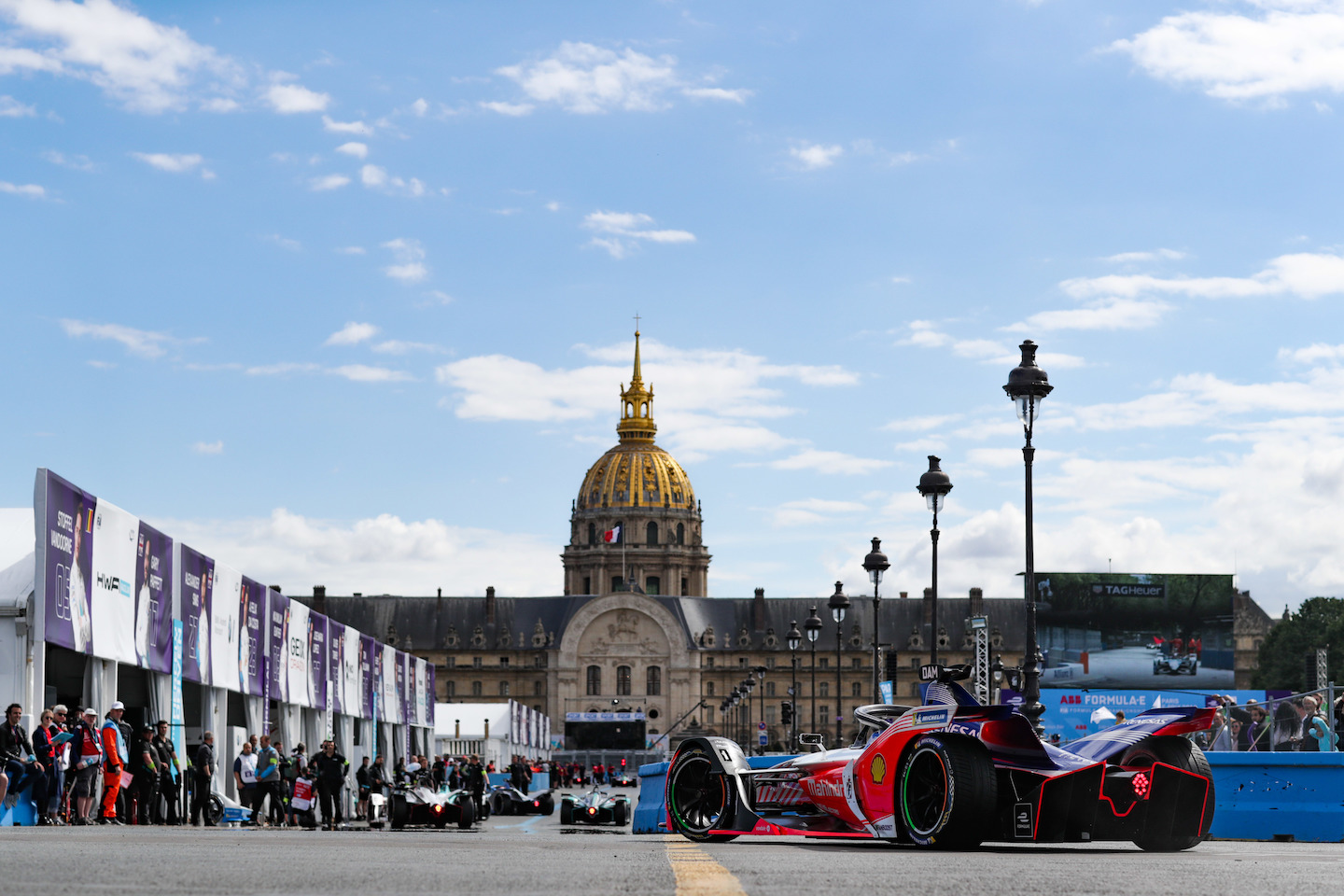
ROUND 9 - MONACO
Despite being the world's second smallest country, after the Vatican City, the principality of Monaco sees over 100,000 cars travelling in and out of on a daily basis. Tackling the problem, the city-state has played host to three E-Prix over the course of the series' history and has been providing subsidies on electric vehicles since 1994. To further encourage the purchase of electric vehicles, the government has invested in 574 free charging points in public car parks and convenient points on public roads and offers free parking on Monaco’s streets. The principality is also home to electric car manufacturer and Formula E team Venturi, who claimed its second podium of the season in Monaco earlier this year.
ROUND 10 - BERLIN, GERMANY
Germany's capital city has hosted a race in all five seasons of the ABB FIA Formula E Championship and stands as a home race for three teams (Audi Sport Abt Schaeffler, BMW i Andretti Autosport and HWA Racelab) and four drivers (Daniel Abt, Pascal Wehrlein, Andre Lotterer and Max Gunther). With an air quality index of 32, the city is one of the least polluted in the Formula E calendar despite 80% of the city's NO2 emissions coming from diesel cars. With a target of having one million EVs on the road by 2022, electric registrations in Germany have grown faster than anywhere in the world, with registrations doubling in 2017 alone.

ROUND 11 - BERN, SWITZERLAND
Similar to Berlin, the Swiss capital is one of the least polluted cities in the Formula E calendar. Despite not producing any electricity from coal-powered stations, chemical manufacturing and combustion vehicles account for the majority of the county's air pollution. Aiming for one in seven cars to be electric by 2022, the country welcomed circuit racing back after more than 60 years last season with the inaugural Swiss E-Prix. Helping encourage the shift towards electric mobility, Formula E will return to Switzerland for the second time in the series' history on June 22. Join us.
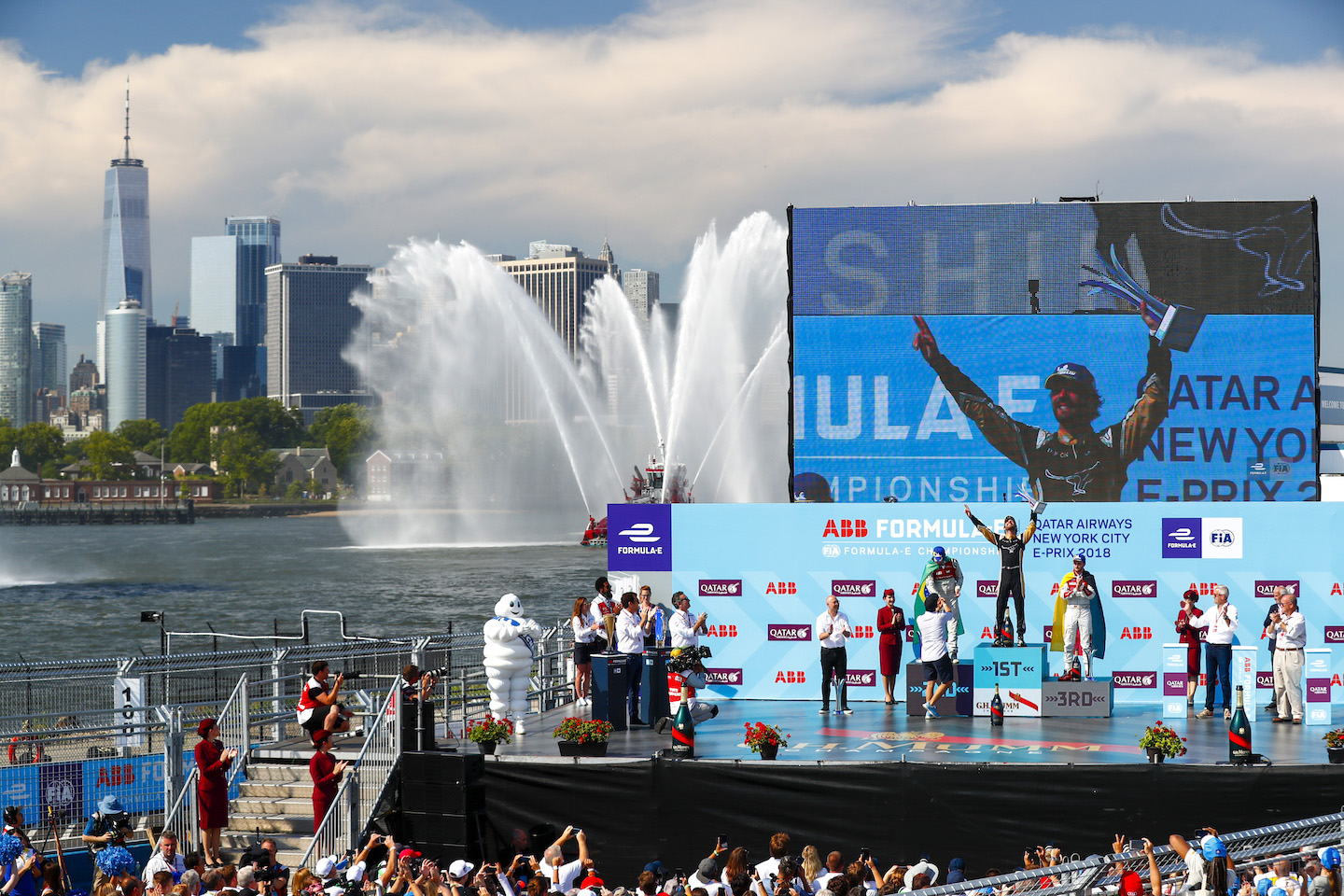
ROUNDS 12 & 13 - NEW YORK CITY, USA
Rounding off the fifth season of Formula E, the Championship heads to New York City on July 13 and 14. With the ambition of being the largest clean city in the USA by 2030, the Big Apple is cleaning up its air through three initiatives focussed on addressing the gaps in EV infrastructure and making electric cars more affordable. Despite the strides towards improving air quality in the city, the economic impact of bad air in New York is estimated to exceed $30.7 billion a year. Join us for the finale in New York City.
[FIA Formula E - 05 Jun 19]